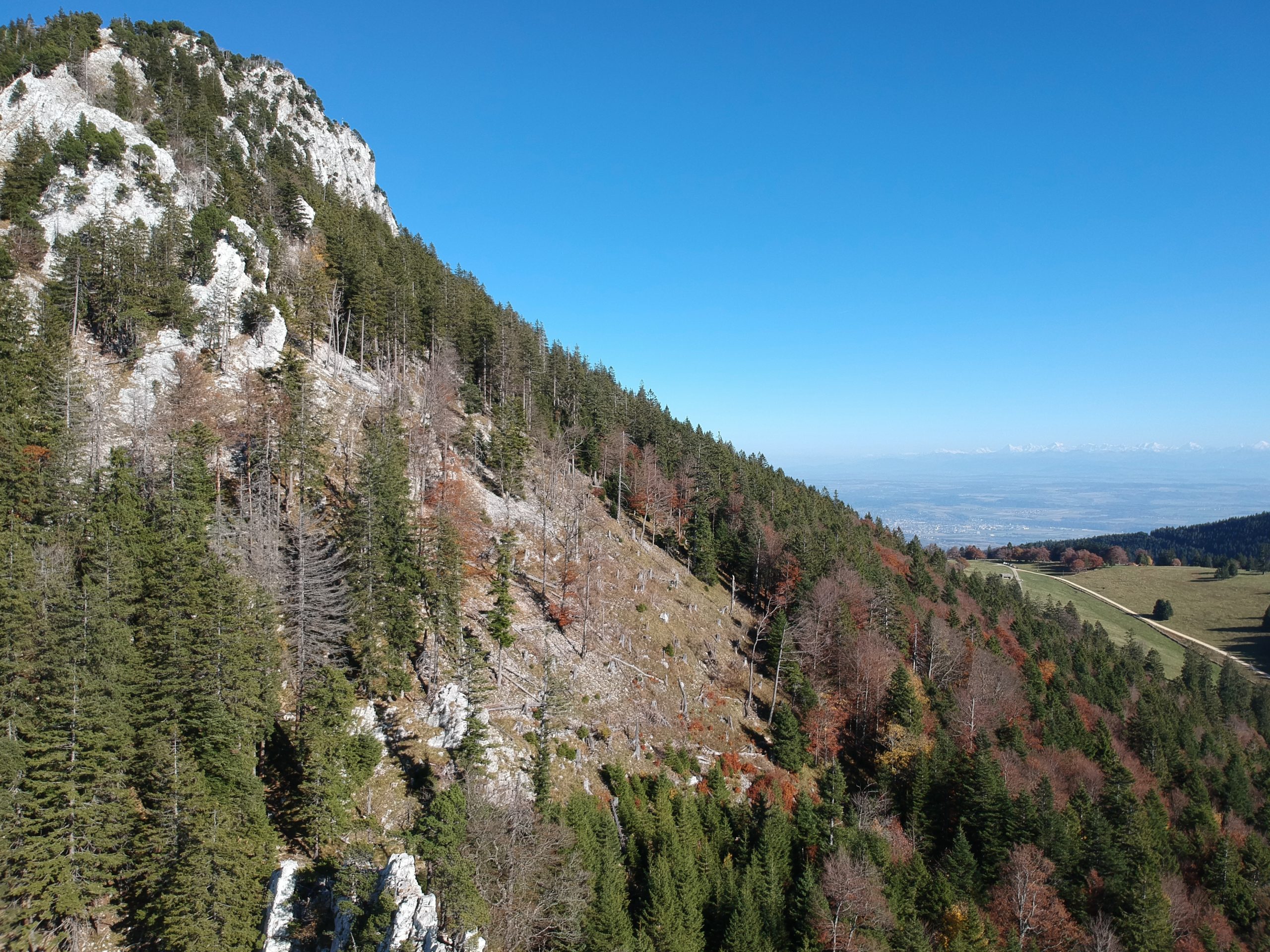Month: December 2017
-

A list of drones I have tried this year.
Reading Time: 3 minutesTrying various drones This year I finally bought a few drones to play with and DJI and Hubsan are currently my favourite brands. The most fun to fly indoors is the Hubsan Nano Q111 drone, or something to that effect. At first this is a hard and temperamental little drone to fly.…
-

Flying the DJI Spark is fun
Reading Time: 2 minutesMy most recent flight with the DJI Spark was fun. As I forgot the miniSD card I decided just to fly it in sports mode over some empty fields. I ended up flying over 4km within visual range. It was fast, responsive and behaved just as I wanted it to. Indoor flying…
